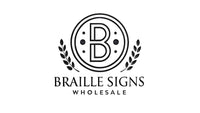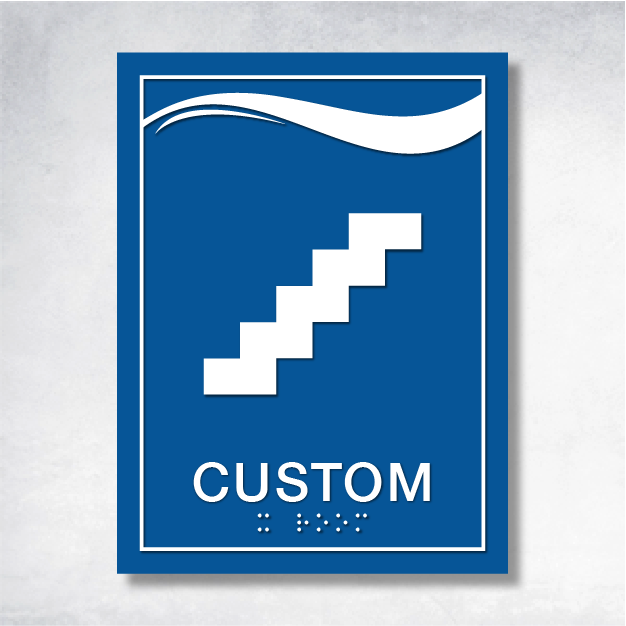Braille Signs: Separating Myths from Reality
Imagine a world where tactile dots open doors to independence and accessibility. That's the magic of Braille signs. Yet, despite their significance, myths and misconceptions abound. Let's journey through these myths, uncover the facts, and appreciate the true value of Braille signage. From their role in inclusivity to the intricacies of ADA Braille Signs, we'll explore how these tactile guides are indispensable in our world.
Decoding the Myth: Is Braille a Language?
A common myth suggests that Braille is a language. In truth, Braille is a tactile writing system, a code that transcends languages. Whether it's English, Spanish, or Mandarin, Braille empowers visually impaired individuals to read, write, and access a world of information. It's not just about communication; it's about literacy and independence. For more insights, check out Braille Is NOT a Language, And Other Mythbusters.
The 10% Myth: Who Really Reads Braille?
You've probably heard that only 10% of blind people read Braille. This outdated statistic doesn't tell the full story. While technology has introduced new tools, Braille remains a cornerstone of literacy, especially for those who are congenitally blind. It's a vital skill that supports education and daily life, emphasizing the need for inclusive environments. Learn more about this in Four Misconceptions to Learning and Reading Braille.
Technology vs. Braille: A Battle of Relevance
In an era of audiobooks and screen readers, some argue that Braille is obsolete. Yet, Braille is far from outdated. It plays a crucial role in developing reading skills and understanding complex subjects like mathematics and music. Moreover, Braille literacy correlates with higher employment rates, underscoring its importance in today's digital landscape.
Braille: Not Just for the Young
Another misconception is that Braille is only for children. In reality, Braille is a lifelong asset. Adults who lose their sight can benefit immensely from learning Braille, enhancing their independence and access to information. ADA Braille Signs are essential tools for safely navigating public spaces, proving that Braille's value spans all ages.
Beyond Braille: Exploring Other Tactile Systems
While Braille is the most recognized tactile system, it's not the only option. Systems like ELIA offer alternatives for those who find Braille challenging. However, Braille remains the most established and widely used, especially in public signage and educational materials.
The Power of Braille Signage
Braille signage is a beacon of universal accessibility. By following Braille Signage Guidelines, businesses and public spaces can cater to visually impaired individuals, enhancing user experience and promoting equity. Products like ADA Elevator Signs and Navigational Necessities Signs from BrailleSignWholesale highlight the importance of accessible signage in everyday life.
A Call to Embrace Braille
Understanding the truths about Braille and Braille signage is crucial for fostering inclusivity. By debunking myths, we recognize the vital role Braille plays in the lives of visually impaired individuals. Embracing Braille enriches our communities and creates a more inclusive world for everyone.
Discover BrailleSignWholesale's Inclusive Solutions
For those eager to enhance accessibility, BrailleSignWholesale offers a range of products and resources. From ADA-compliant signs to customizable options, they provide solutions tailored to diverse environments. Explore their website to discover how effective Braille signage can support a more inclusive world.









